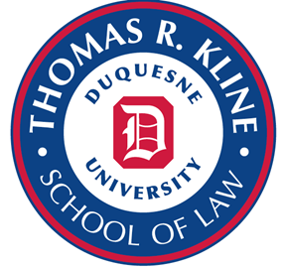Document Type
Article
Abstract
When the American Bar Association (ABA) announced its latest revisions to Model Rules 7.1–7.5, governing attorney advertising, solicitation, and information about legal services in general, the organization may have unintentionally created a way for attorneys to hack directly into the brains of potential clients for purposes of pecuniary gain.
Brushing aside decades of precedent, the rule on Solicitation of Clients now allows real-time electronic solicitation, including text messaging and tweets. These developments beg the question of whether or not the ABA committee charged with redefining this rule actually understands the power and pervasiveness of cell phones, or how the use of this technology is changing our cognitive capacity and consumer behaviors.
Recent studies of cognition suggest signals from one’s own cellular device—whether the ping of a text message or a tweet from an attorney seeking to advertise their services—activates the same attention system as the sound of one’s own name. The mere sending and receiving of text messages releases dopamine in the brain, which sets up a cycle similar to an addiction leading to more texting. Around the world, 23 billion text messages are sent every day—that’s 270,000 text messages per second. Out of these 23 billion, 6 billion text messages are sent in the United States. Text messages have an incredible 98% open rate and 90% of those are read within three minutes of receipt, which means each is virtually impossible for the recipient not to open immediately and most likely respond.
This Article will explore the newly amended rules for attorney advertising while connecting them to the most up-to-date cognitive studies on the impact of smartphone use on the consumer brain with a particular focus on text messaging, or short message service (SMS). It will also demonstrate how the revised rules allowing attorney advertising via text message could have an even more dramatic impact than the ABA intended.
Ironically, it may be a look back at the past that provides the ABA with the simple model for moving forward to create a rule that covers technology and its advancements, while also protecting the public from the overreach of attorneys seeking to solicit clients. This Article will show that an increasingly tortuous interpretation of Rule 7.3 simply cannot be revised fast enough, or thoroughly
enough, to compete with technology and its impact on human cognition.
Creative Commons License

This work is licensed under a Creative Commons Attribution 4.0 International License.
Repository Citation
London, Ashley, Something Wicked This Way Thumbs: Personal Contact Concerns of Text-Based Attorney Marketing (November 12, 2020). Houston Law Review, Vol. 58, No. 99, 2020, Duquesne University School of Law Research Paper 2020-16, Available at SSRN: https://ssrn.com/abstract=3729535

